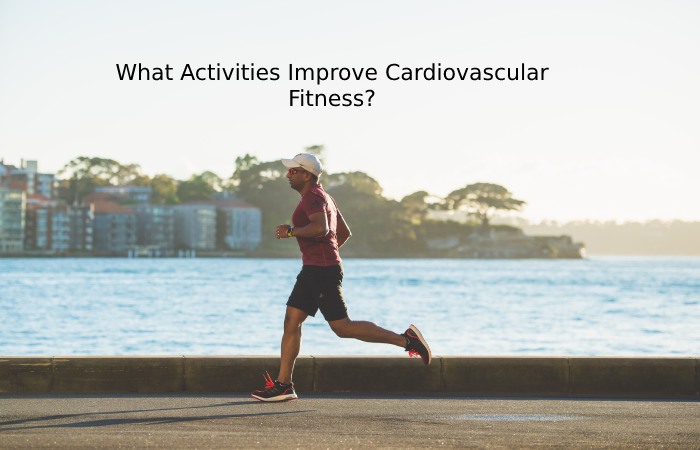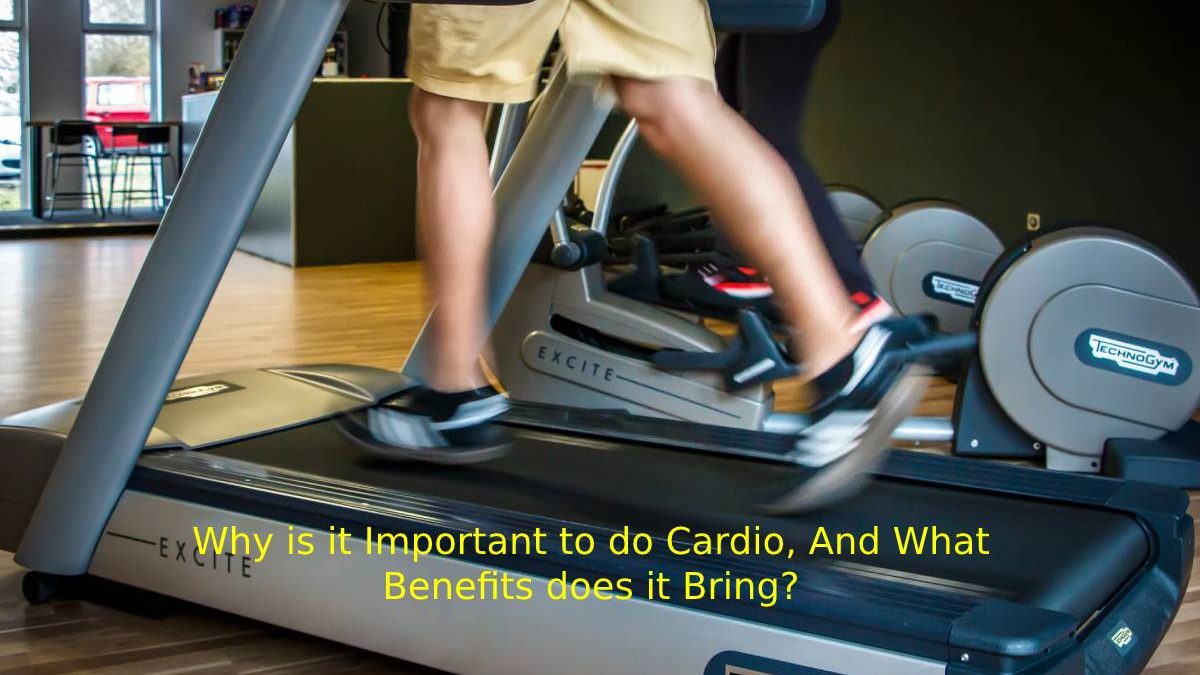Cardiovascular exercises, better known as cardio, are those exercises that improve our resistance and also increase our heart rate and our breathing. The idea is to push yourself until you almost lose your breath. A good cardio session is successful when, in full action, we cannot pronounce more than 5 or 6 words. If we can talk usually, we are not working hard enough.
Cardio increases our cardiorespiratory rate, so we burn more calories quickly while improving our metabolism and strengthening our heart and lungs. As if that were not enough, it also decreases the level of stress hormones, and thanks to the release of endorphins, it helps us feel happier.
Table of Contents
What Activities Improve Cardiovascular Fitness?

Aerobic exercise can improve cardiovascular fitness. The words aerobic exercise define any rhythmic and also continuous activity that involves the simultaneous use of multiple large muscle groups. Aerobic activities challenge the heart and lungs, causing them to work harder than at rest. When doing cardio activities, your pulse should be within a target heart rate range, usually calculated by deducting your age from the sum 220 and then summing 60 to 85 per cent of that number. Some examples of aerobic exercises include:
- run or jog
- walk briskly
- Cycling
- Swimming
- aerobic dance
- Cross country ski
Why is Cardiovascular Conditioning Important?
The primary importance of cardiovascular health becomes evident when looking at its definition. Any activity that supplies oxygen to the muscles will increase energy levels and make your body more functional and efficient. It is just one of the several benefits of cardiovascular exercise.
Physical Fitness and Cardiovascular Longevity
Researchers participating in the Harvard Health Alumni Study, published in the April 1995 issue of the Journal of the American Health Association, found a clear relationship between cardiovascular fitness and longevity. The subjects were men, Harvard University alumni, who did not suffer from heart or lung disease. Study participants recorded their physical activities on a questionnaire. It was a longitudinal study, meaning the data was collected over the years. The researchers found that the subjects who had the highest level of aerobic activity had the highest rate of longevity.
Physical Fitness and Cardiovascular Immunity
Studies conducted at the University of Miami Center for Biopsychosocial Studies of AIDS found that aerobic exercise had a “profound positive impact” on symptom management in AIDS patients. Another study conducted at the University of Illinois Physical Fitness Research Laboratory found that aerobic exercise positively affected immune function in the elderly.
Some Benefits of Cardio
Doing cardio regularly will bring many benefits to your health, here are the most important ones:
- Increase your energy level and physical endurance.
- It helps you lose weight. Cardio helps burn a lot of calories and speeds up our metabolism.
- Decreases body fat. Cardio improves our Body Mass Index (BMI) as it reduce the amount of fat in our body. In addition, exercising regularly will help us keep fit for longer.
- It helps control blood pressure as it improves blood circulation throughout our body.
- Strengthens the immune system. The blood vessels dilate by increasing the heart rate, allowing a greater flow of white blood cells, the agents responsible for fighting viruses and also infections.
- Helps control cholesterol levels. Cardio helps lower “bad” cholesterol and raises “good” cholesterol.
- It keeps blood sugar levels stable, thus helping to prevent type 2 diabetes.
- Helps prevent some diseases. Cardio helps prevent cardiovascular diseases, keeps cholesterol levels stable, hypertension, and diabetes and strengthens the heart and lungs.
Cardio and Weight Loss
As we already mentioned, doing cardio helps us burn calories quickly and speed up our metabolism. In addition, if we accompany our exercise routine with a good diet, our weight loss will be sustained, and it will be tough for us to recover the pounds that we have already lost.
To lose weight, the indication is that you practice a cardio routine 5 times a week and complement it with a balanced diet. Remember that the more constant you are, the better results you will get in less time; be careful not to tire your body more than necessary. Regularity is more important than quantity, so it’s better to exercise 5 times a week for 30 minutes than 150 minutes just 1 time a week.
How Often Should you do Cardiovascular Exercise?
Following the American College of Sports Medicine references, the ideal would be to balance the exercise routines that you carry out. The above is possible by executing a series that helps the resistance and flexibility of the body. Adults should engage in 150 minutes of cardiovascular exercise (moderate-intensity) and 75 minutes of intense or combined exercise weekly. On the other hand, the recommendation regarding moderate exercise (walking, running or a dance class) is to do it for 30 minutes five days a week.
Simple Cardio Exercises to do at Home
If you want to start taking care of yourself, you can start right now from home. We propose an easy workout with 3 essential aerobic exercises:
- Jump rope for 5 minutes and progressively increase the duration.
- Step exercises on steps, boxes or step machines. The point is to try to raise and also lower your weight steadily.
- Dance and don’t stop dancing. On the Internet, you take a lot of Zumba choreographies that will help you get in shape with the most fashionable Latin songs.
Conclusion
Cardio exercise allows us to work for large muscle groups simultaneously, repetitively and rhythmically. For example, running, swimming, skipping, HIIT, dancing, cycling, etc. This kind of exercise helps us burn calories and improves the health of our heart and lungs.

